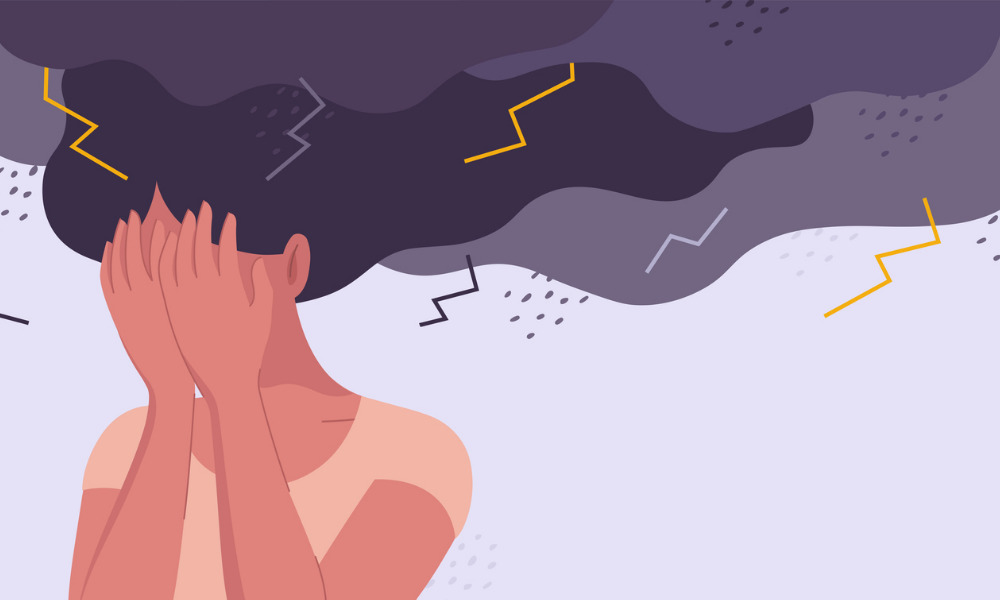
'Managing these hazards is as important as managing physical risks,' says government

Psychosocial hazards in the workplace are just as threatening as physical hazards and risks, and SafeWork Australia has reminded employers of their responsibility to eliminate these risks.
According to SafeWork Australia, an average of 7,984 Australians are being compensated annually because of work-related mental health conditions.
It added that psychological injuries usually require a more extended period of recovery and higher costs than physical injuries. In line with this, what should employers do to mitigate psychosocial hazards in the workplace?
Based on the report, the first step in the risk management process is to identify psychosocial hazards in the first place.
Workers’ statements such as “this place is toxic,” “I am burnt out,” and “I feel like a failure, how am I supposed to do all this?” among others, are some examples of what psychosocial hazards may sound like and it’s essential to address them before it’s too late.
“Your workers may talk about their exposure to psychosocial hazards in different ways,” SafeWork Australia noted.
Thus, the government said employers must listen to their workers and observe how they interact with each other, regularly inspect the workplace, review reports and records, and use a comprehensive survey tool to gather relevant information from the staff.
The next step is to consider what incidents could occur if workers are exposed to the identified hazards and risks.
“Many hazards and their associated risks are well known, but some may need to be identified through a formal assessment process,” the government said.
After recognizing the hazards and assessing the related risks, employers should apply appropriate control measures to eliminate or minimize risks.
The government further emphasized that, where possible, completely eliminate the psychosocial risks in the workplace, as this is always the safest option.
However, “if it isn’t possible, minimise the risk as much as possible through planning and prevention,” SafeWork Australia noted.
Lastly, employers must maintain, closely monitor, and review control measures in the workplace whenever necessary.
“It is important to regularly review control measures to ensure they remain effective,” SafeWork Australia said.
The government also reminded employers that each step of the risk management process must be consulted with workers and their representatives to ensure better outcomes in the workplace.
It further noted that any worker feeling depressed, stressed, or anxious could connect to organizations such as Lifeline, Beyond Blue, Black Dog Institute, and SANE, as they offer services to help struggling workers.